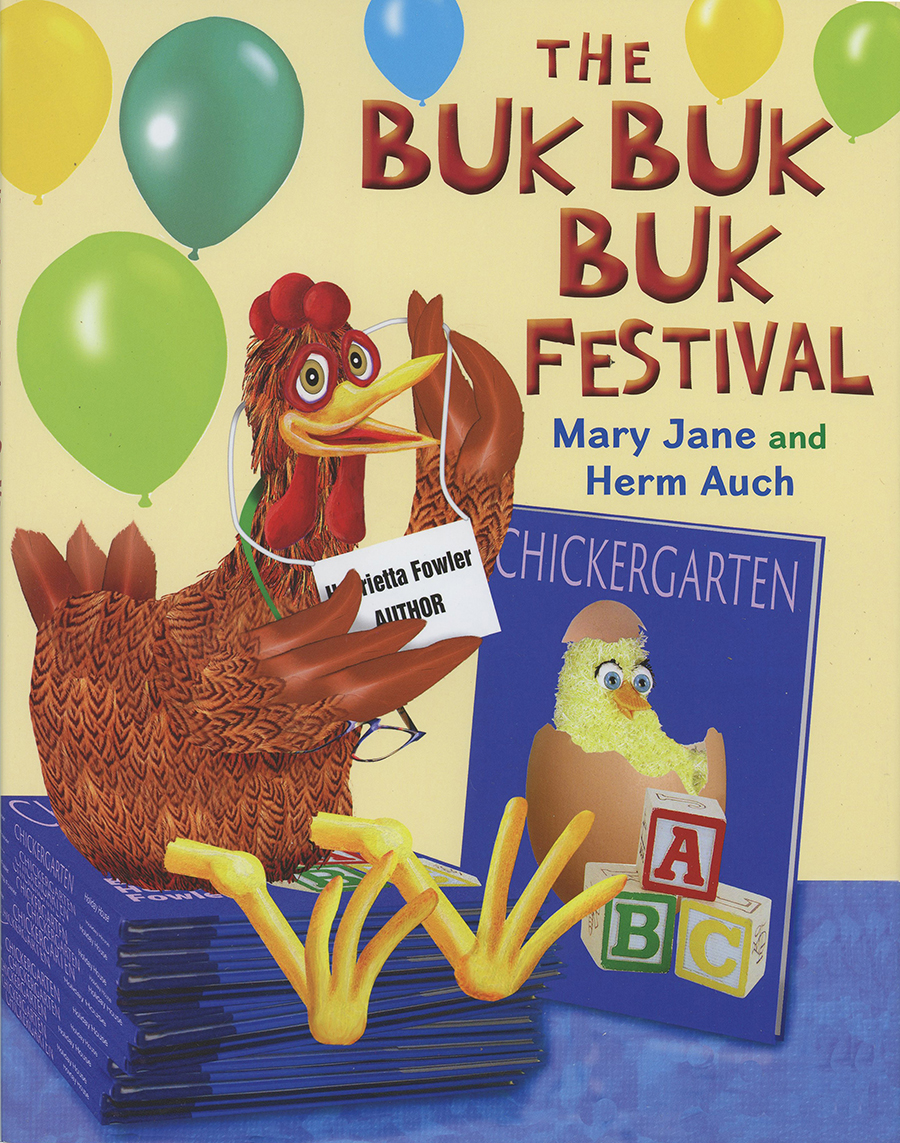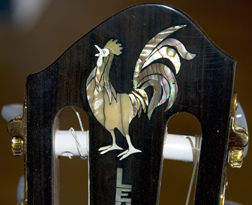Finally one day, I got the call that the guitar was finished. I arrived in time to see Bernie tune it up and play. It sounded as beautiful as it looked.
I was so excited by the guitar-building process, I wanted to write a book about it. When I approached my editor, Christy Ottaviano, with a proposal for a nonfiction project, she said she’d rather see me write a novel that featured a luthier as one of the characters.
I was disappointed at first, but then another guitar-related event came to mind, and the first strands of Guitar Boy started to intertwine. Years ago, when I worked as an Occupational Therapist, a college student with a traumatic head injury was admitted to our hospital for intensive rehabilitation. He had been reduced to the level of an infant, unable to speak, or even swallow. His limitations were so severe, the Physical Therapist, Speech Therapist, and I often worked with him simultaneously. He gradually recovered the ability to swallow and eat, but still had no speech.
Then one day his father told us that his son had been a big fan of folk music. One of the residents also played the guitar, so we started bringing the boy into the OT room at the end of every afternoon for a folk song session. He obviously enjoyed the music, clapping his hands to the rhythm, but he made no attempt to sing. Then one day we played If I Had a Hammer, and his voice rang out loud and clear. It took our breath away.
Now I had the two key pieces to start writing Guitar Boy. Soon I saw and heard snippets of 14-year-old Travis Tacey, and began to gather a family around him – his older sister, June, and the younger kids, Roy, Earleen, and Lester – all named after guitar players. I love this part of writing a book, where wispy ideas start coming to me and I try to fit them together like puzzle pieces.
I decided that the character with the traumatic head injury should be Travis’s mother, Geneva, and that her accident would occur before the book started. Then I brought the family onstage as they visited her in the hospital for the first time. From there, it was a matter of putting myself into the heads of the characters, learning what made them tick.
I had Travis meet luthier Scott McKissack. And when he did, I got to have Travis be as fascinated seeing Scott build a guitar as I was when watching Bernie Lehmann build mine.
What followed was the joy of working on the book with Christy Ottaviano – our sixth to date.
And she was right. It was meant to be a novel.










